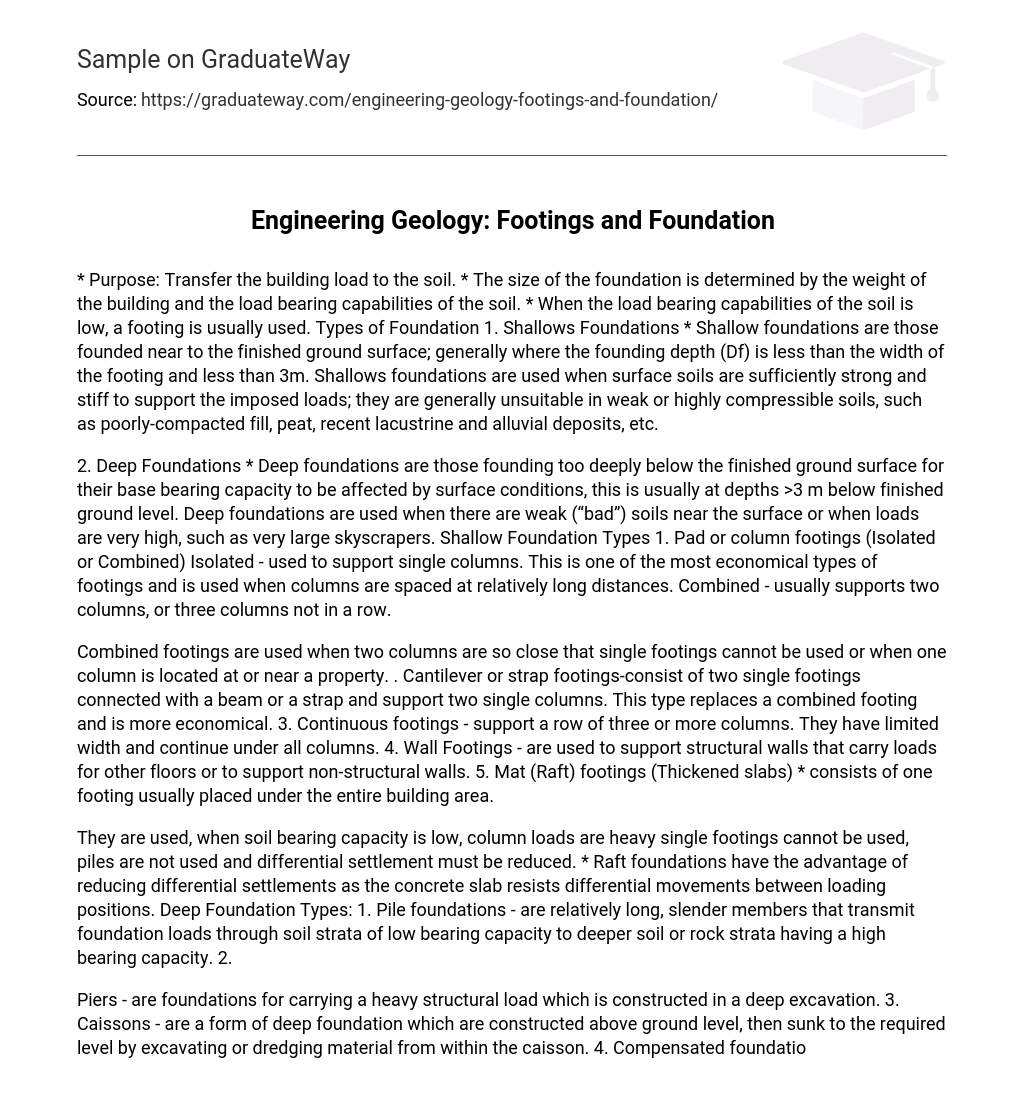Bedrock
The bedrock in the area consists of argillite from the Cambridge formation. The condition of the bedrock varies considerably with location, even within a given site. Evaluation of rock core samples indicates that the rock is typically in a soft and weathered condition and contains a significant amount of fracturing. However, hard and sound bedrock was found at some locations.
Glacial Soils
The glacial soils were deposited during the last glaciation approximately 12,000 years ago. These deposits include glacial till, and glaciomarine, glaciolacustrine, and glaciofluvial soils. Till is characterized by a mass of unsorted debris that contains angular particles composed of a wide variety of grain sizes, ranging from clay-sized particles to large boulders. Glaciomarine or glaciolacustrine deposits generally consist of clay, silt, and sand, whereas glaciofluvial deposits contain coarser grained sand and gravel. The glacial soils are typically dense in nature as indicated by high standard penetration test (SPT) resistance, and the piles were typically terminated in these deposits.
Marine Soils
Marine soils were deposited over the glacial soils during glacial retreat in a quiescent deepwater environment. The marine clay layer, as shown in figures 2 through 5, is the thickest unit in the profile, but was encountered only to a limited extent at the Charlestown site. The clay is generally overconsolidated in the upper portions of the layer and is characterized by relatively higher strengths. The overconsolidation is a result of past desiccation that occurred during a period of low sea level. By comparison, the deeper portions of the clay layer are much 6 softer and penetration of the SPT split spoon can sometimes occur with just the weight of the drilling rods alone.
Inorganic Soils
Inorganic silts and sands are typically encountered overlying the marine soils. These soils were deposited by alluvial processes. Organic Soils: The organic soils that are encountered below the fill generally consist of organic silt and may contain layers of peat or fine sand. These soils are the result of former tidal marshes that existed along the coastal areas.
Fill Soils
Fill material was placed in the more recent past to raise the grade for urban development. The fill layer is highly variable in its thickness and composition, ranging from silts and clays to sands and gravels. The consistency or density is also variable as indicated by the SPT blow counts. The variability in the fill is attributed to the characteristics of the particular borrow source material and the methods of placement. Drilled Piles (also known as drilled piers) are a kind of pile wall made using the stabilator system. Drilled piles are of high technical quality and are a durable, long lasting solution. They can be assembled quickly and effectively without the need for vibrating or pneumatic machinery.





